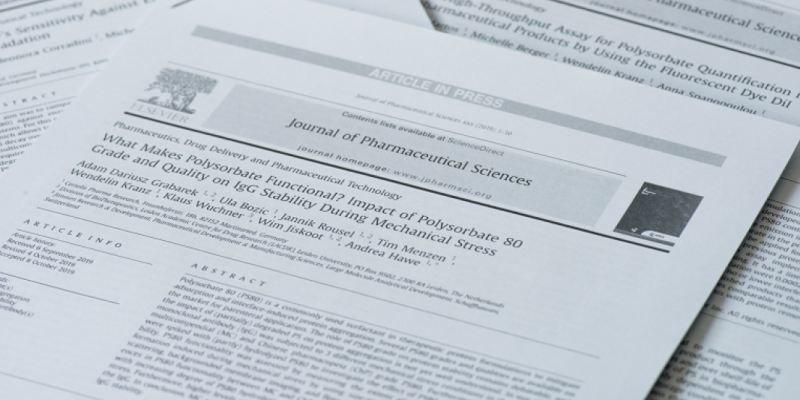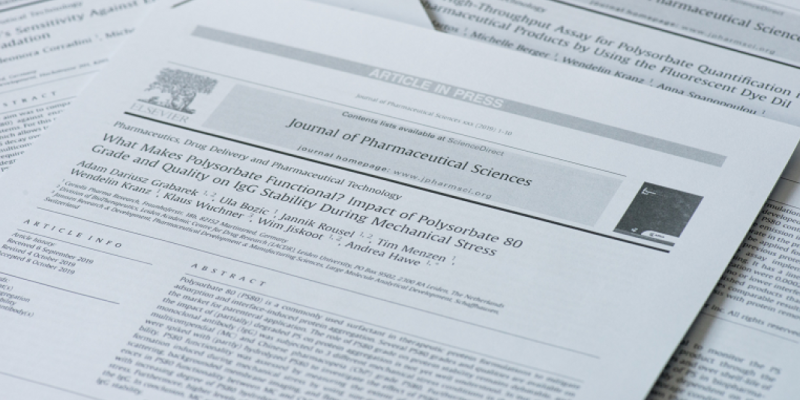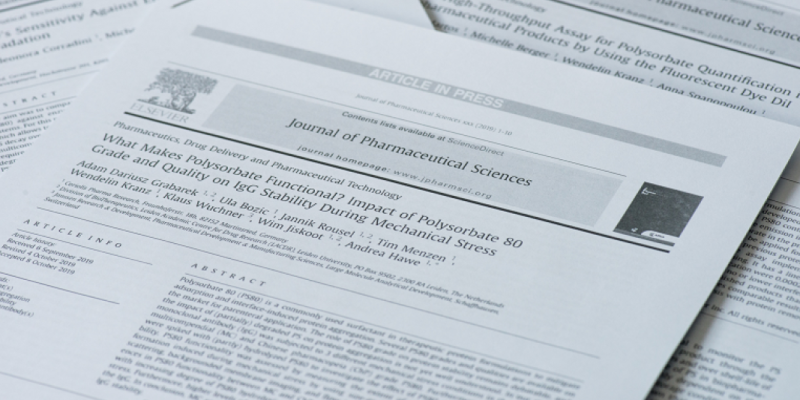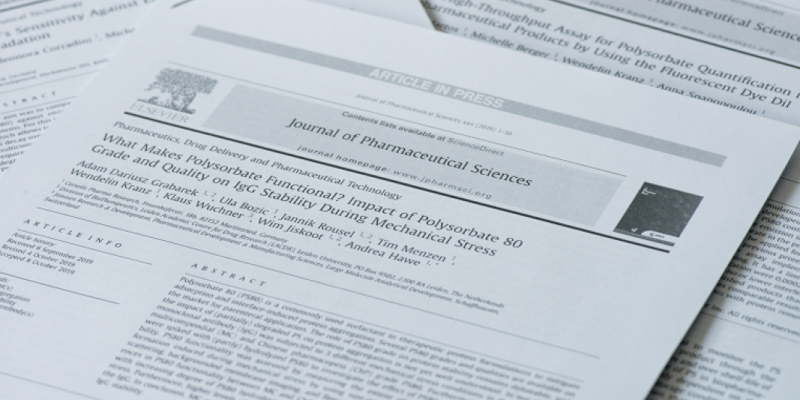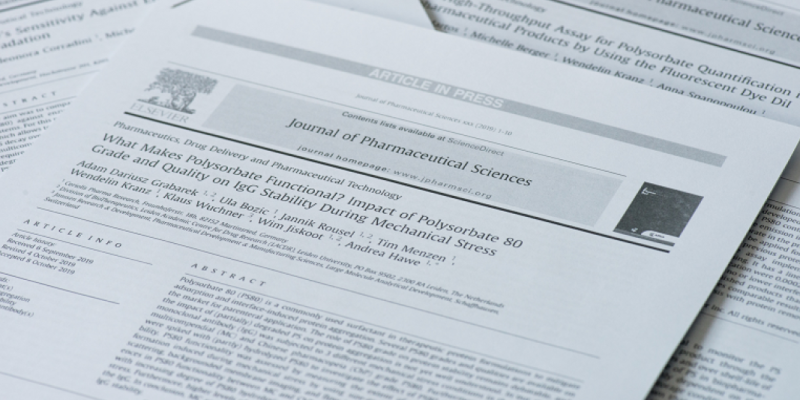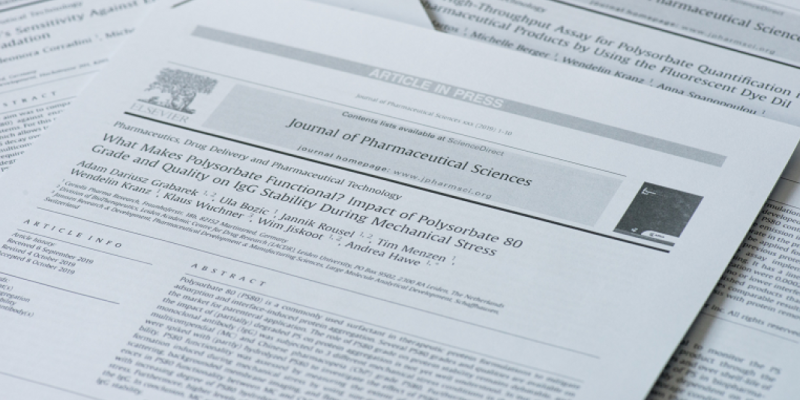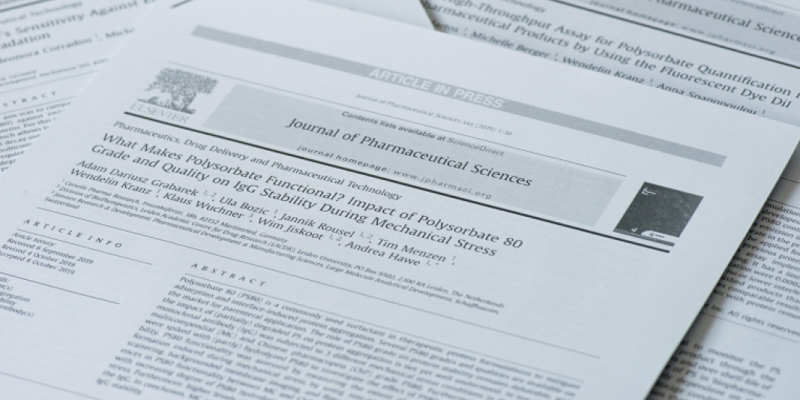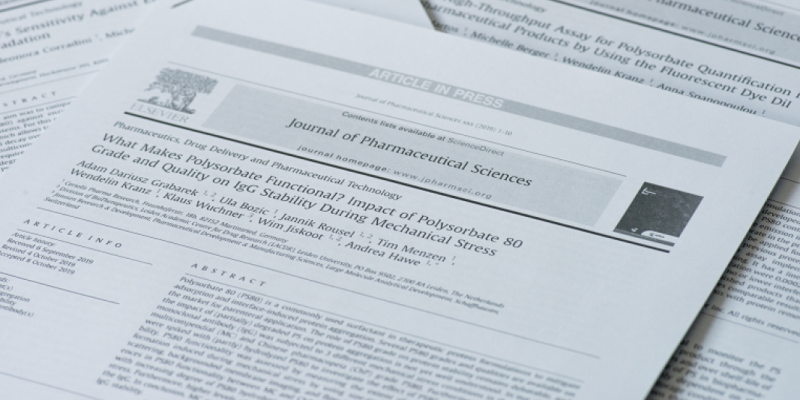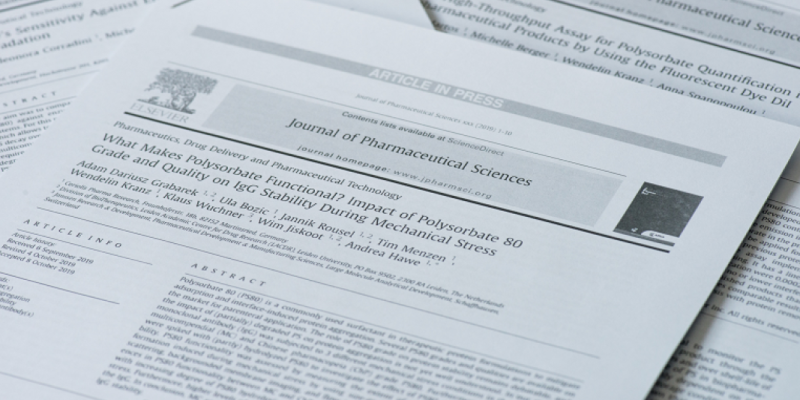Capillary electrophoresis-mass spectrometry using noncovalently coated capillaries for the analysis of biopharmaceuticals.
Anal Bioanal Chem. 2011 Apr
In this work, the usefulness of capillary electrophoresis-electrospray ionization time-of-flight-mass spectrometry for the analysis of biopharmaceuticals was studied. Noncovalently bound capillary coatings consisting of Polybrene-poly(vinyl sulfonic acid) or Polybrene-dextran sulfate-Polybrene were used to minimize protein and peptide adsorption, and achieve good separation efficiencies. The potential of the capillary electrophoresis-mass spectrometry (CE-MS) system to characterize degradation products was investigated by analyzing samples of the drugs, recombinant human growth hormone (rhGH) and oxytocin, which had been subjected to prolonged storage, heat exposure, and/or different pH values. Modifications could be assigned based on accurate masses as obtained with time-of-flight-mass spectrometry (TOF-MS) and migration times with respect to the parent compound. For heat-exposed rhGH, oxidations, sulfonate formation, and deamidations were observed. Oxytocin showed strong deamidation (up to 40%) upon heat exposure at low pH, whereas at medium and high pH, mainly dimer (>10%) and trisulfide formation (6-7%) occurred. Recombinant human interferon-β-1a (rhIFN-β) was used to evaluate the capability of the CE-MS method to assess glycan heterogeneity of pharmaceutical proteins. Analysis of this N-glycosylated protein revealed a cluster of resolved peaks which appeared to be caused by at least ten glycoforms differing merely in sialic acid and hexose N-acetylhexosamine composition. Based on the relative peak area (assuming an equimolar response per glycoform), a quantitative profile could be derived with the disialytated biantennary glycoform as most abundant (52%). Such a profile may be useful for in-process and quality control of rhIFN-β batches. It is concluded that the separation power provided by combined capillary electrophoresis and TOF-MS allows discrimination of highly related protein species.
Anal Bioanal Chem. 2011 Apr
https://link.springer.com/article/10.1007%2Fs00216-011-4738-4


